All Dried Up: Five Disappearing Lakes
2Aral Sea
This lake’s waters reached so far in the 1800s that the Russian navy used to deploy ships to patrol it. The Aral Sea once had an area larger than 26,000 square miles, but irrigation projects to support rice and cotton fields have diminished its reach.
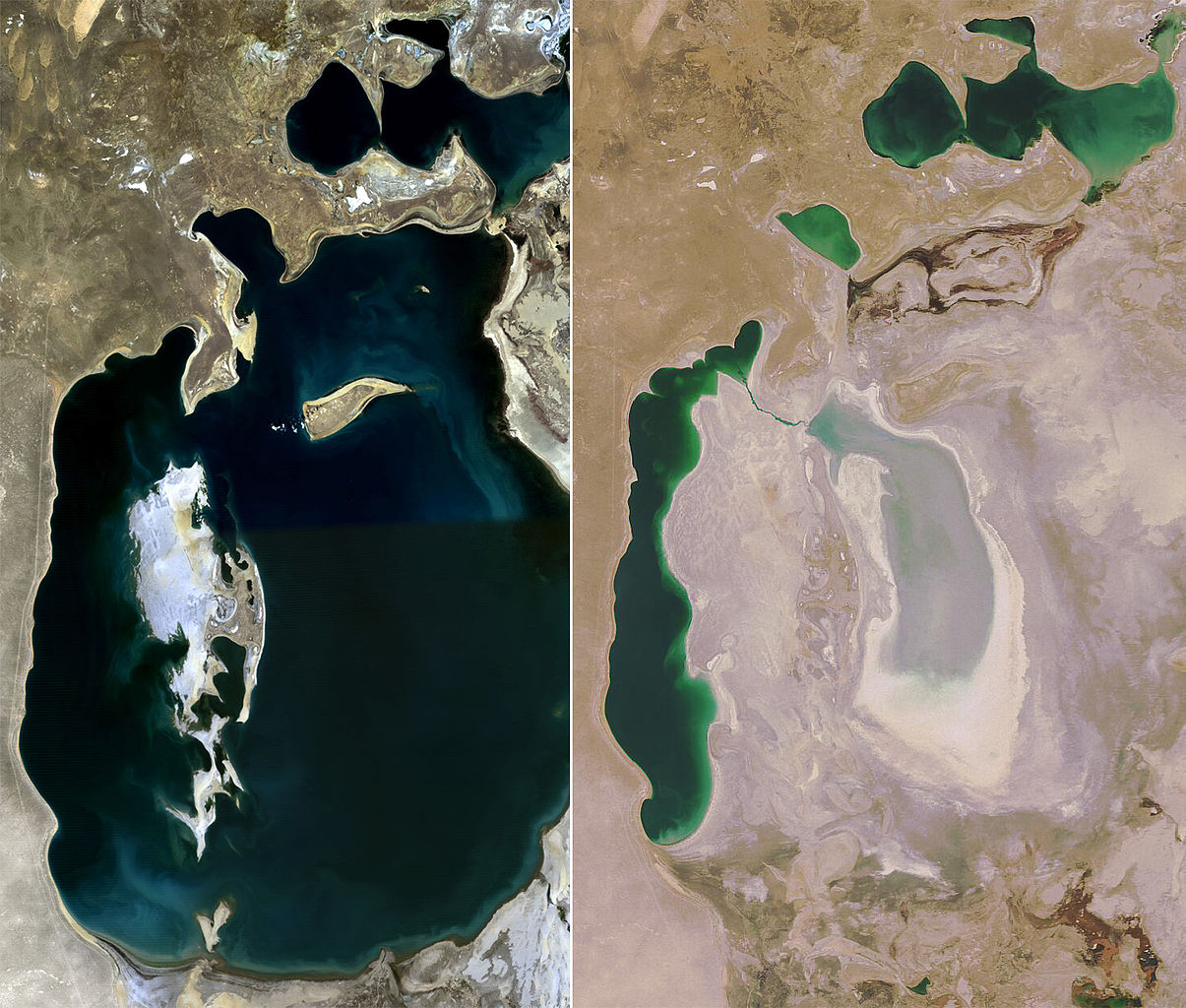
Aral Sea as seen from space. Left: July 1989. Right: October 2008. (Credit: NASA Earth Observatory)
Cachuma Lake
A casualty of the ongoing California drought, Cachuma Lake is dwindling away. It serves as a popular spot for recreation and as a source of drinking water for 200,000 people. The lake’s low levels – at less than 40 percent capacity – threaten those uses.
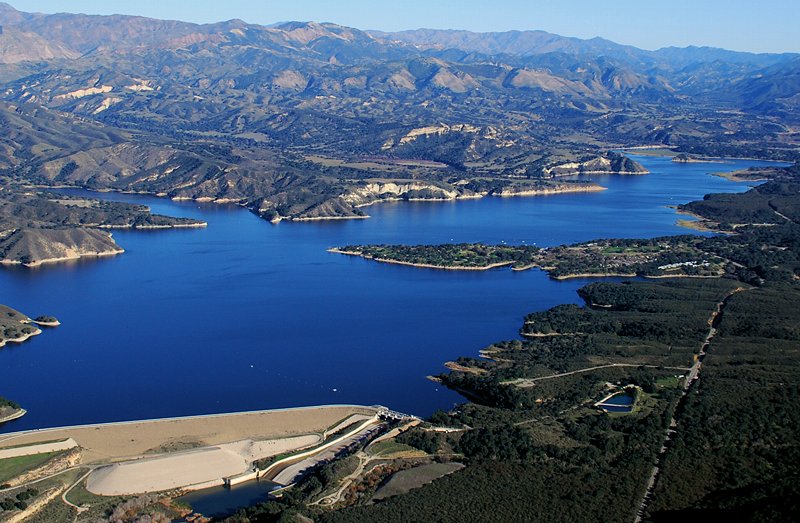
Cachuma Lake, January 2009. (Credit: John Wiley via Wikimedia Commons)
Lake Urmia
Lake Urmia was once Iran’s largest lake. But wasteful irrigation practices and large-scale damming projects in the country have left the lake at just five percent capacity. If nothing is done, some fear it could disappear within the next two years.

Lake Urmia, August 2011. (Credit: NASA Earth Observatory)
Dead Sea
The Dead Sea is shrinking because of water diversions affecting the Jordan River that feeds it. The lower levels have been followed by a groundwater drop. There are plans to divert water from the Red Sea to the lake, but this would disrupt the Dead Sea’s salinity.

The Dead Sea, October 2011. (Credit: NASA Earth Observatory)
Lake Waiau
Once thought of as a sacred body of water by native Hawaiians, Lake Waiau is Hawaii’s only alpine lake. It has shrunk from a maximum depth of three feet to only 30 centimeters. The cause of the decline is not yet known and the U.S. Geological Survey says it is unprecedented in recent times.
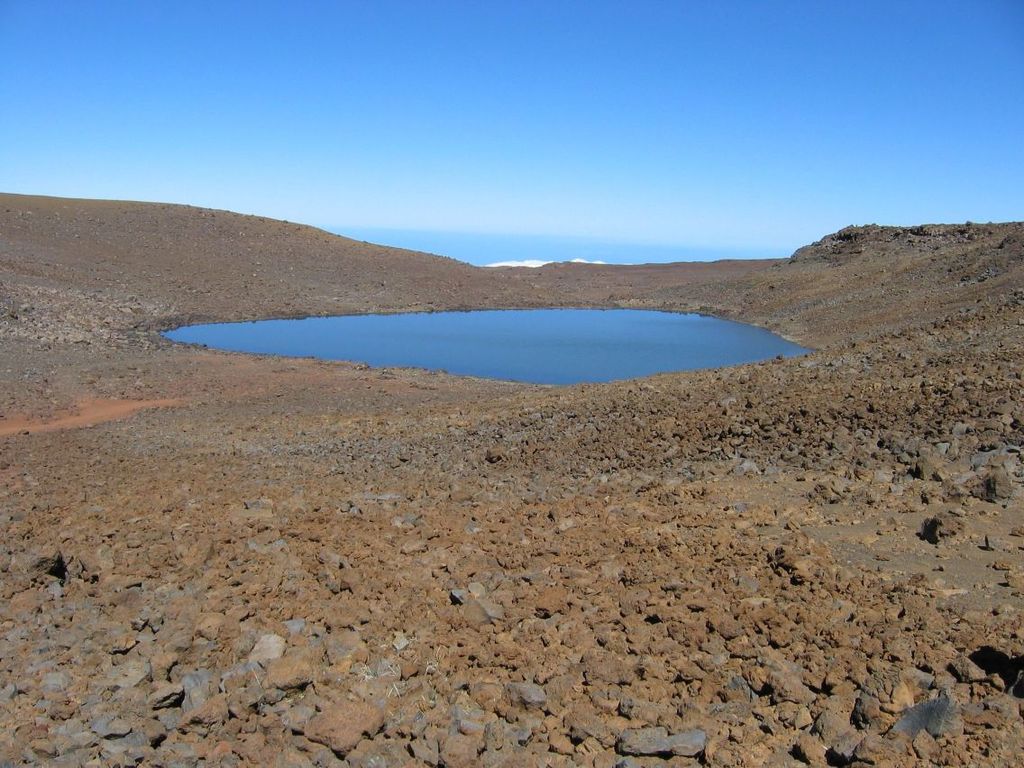
Lake Waiau, Mauna Kea, Hawaii. May 2005. (Credit: Karl Magnacca)




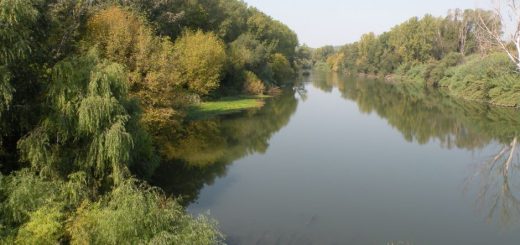

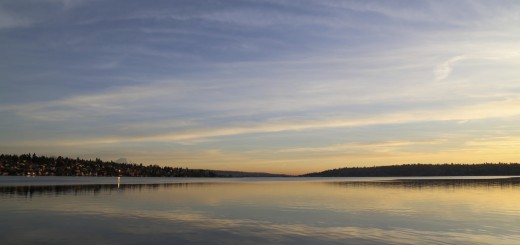
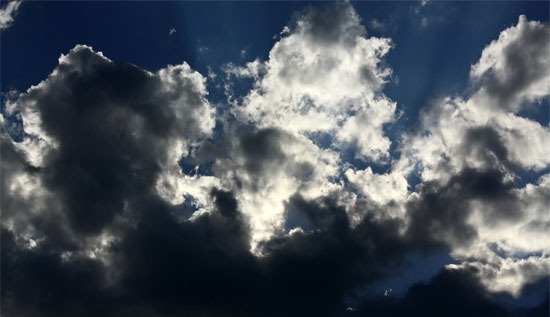

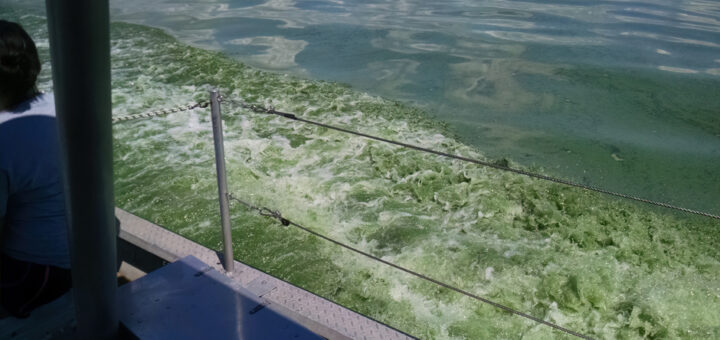

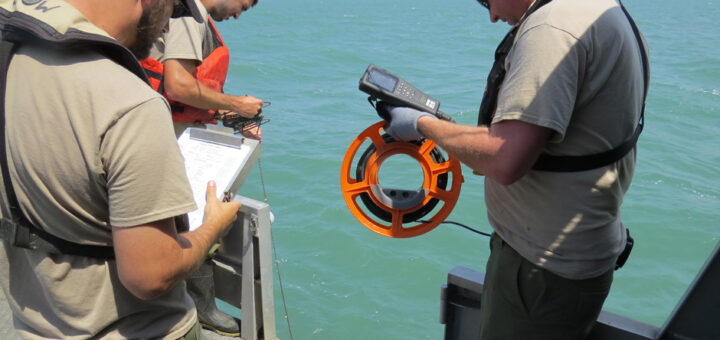
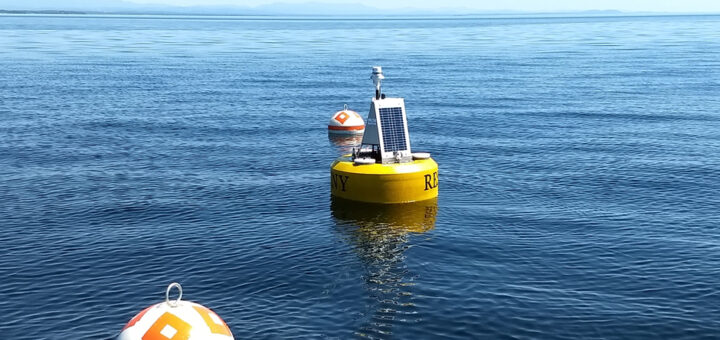

[…] Aral Sea joins the likes of other disappearing lakes globally and is certainly not the first to diminish because of human intrusion. Tulare Lake, which […]
[…] Aral Sea joins the likes of other disappearing lakes globally and is certainly not the first to diminish because of human intrusion. Tulare Lake, which […]